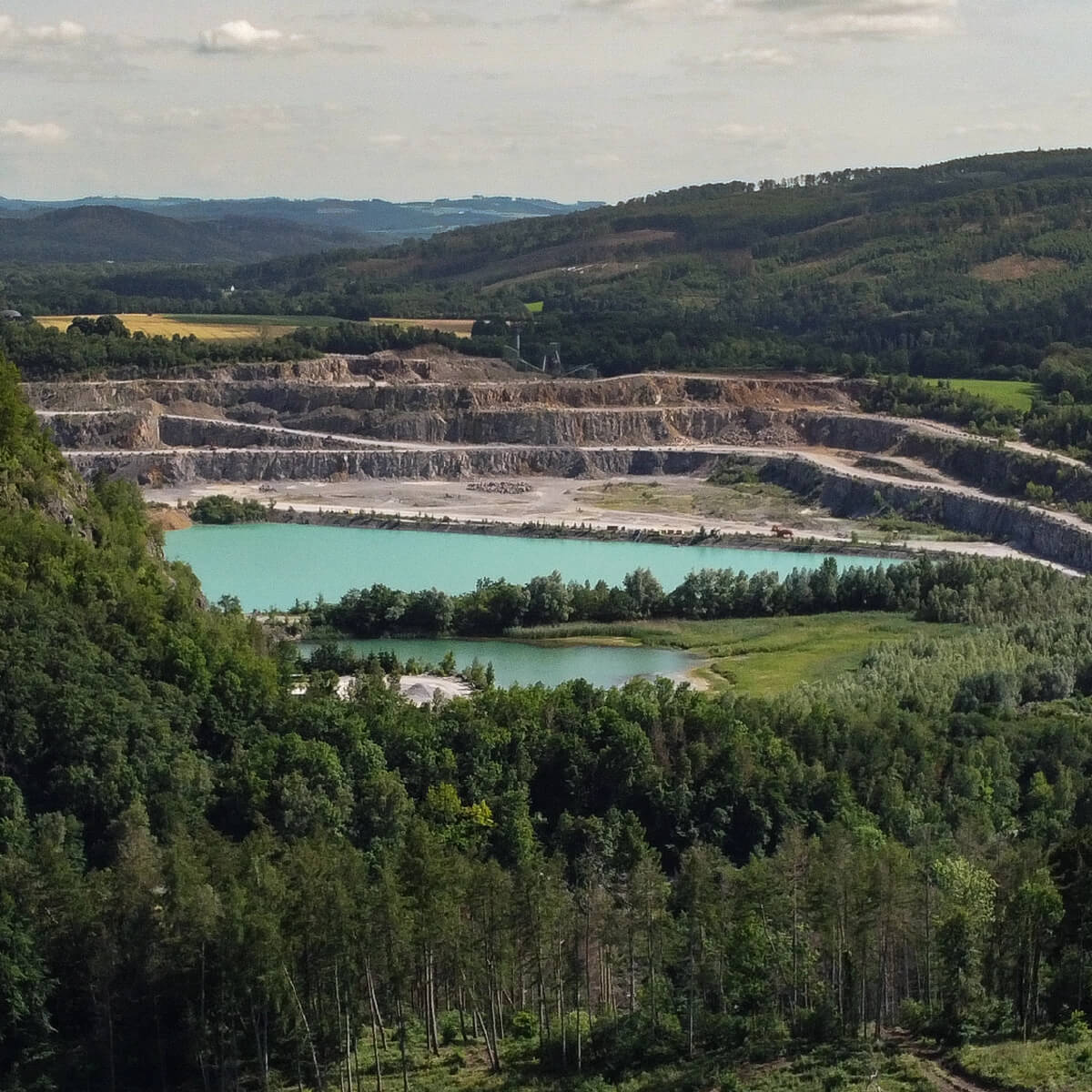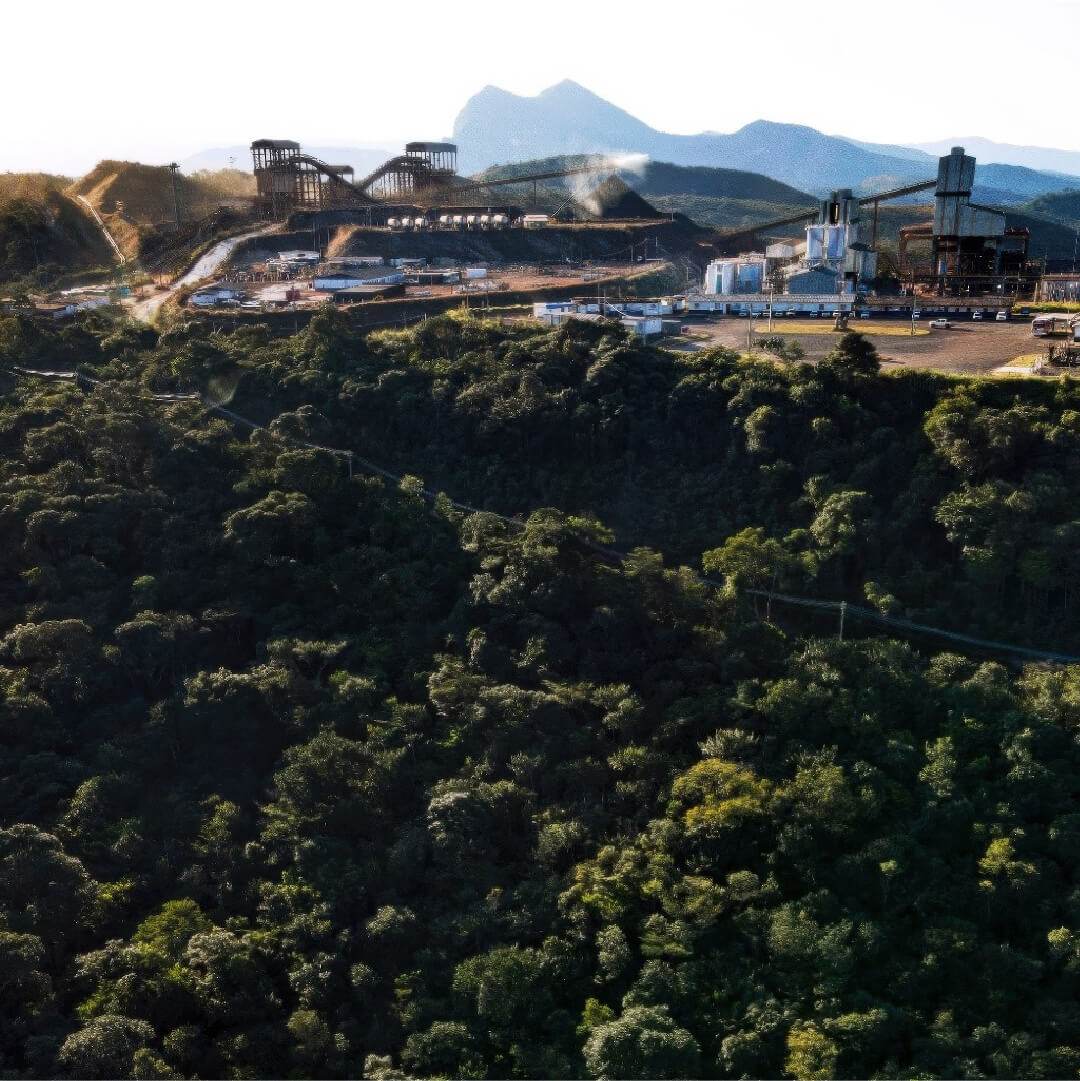
Track A
Direct Impact Track
These steps allow companies to identify areas of the greatest opportunity for IUCN RHINO outcomes, initially through reducing species extinction risk, and to then plan and implement actions to deliver these outcomes. They can help companies work through the TNFD LEAP approach.

Is this the right track for your organisation?
This track is for organisations such as:
Mining and other extractive industry
Forestry and forest products
Agricultural companies

Infrastructure companies, including road and rail, pipelines, construction
Energy companies, especially renewable energy
Dams and hydropower companies
These companies usually have land-based assets, including plantations, concessions, mines, roads, railway lines, pipelines, reservoirs, and buildings such as processing plants, warehouses, and residential accommodation.
The companies may own these assets, or have control over the land on which they are located. These assets sit in landscapes, over which the company may or may not have any direct control, but for which land-use decisions may be made by other companies, local government, civil society or local communities with whom the company can collaborate to deliver IUCN RHINO outcomes.
A1
Locate
the organisation's interface with nature
A2
Evaluate
potential contributions to Nature Positive
A3
Assess
the most important threats to mitigate
A4
Prepare
your action plan to address the most important biodiversity-related threats
A5
Implement
actions for Nature Positive outcomes
A6
Report
delivery of impacts

Case Study
Extractives case study
Anglo American – Implementing the IUCN RHINO approach in Minas-Rio, Minas Gerais state, Brazil.
Direct Impact Track:
Proceed to Step A1
Locate the organisation's interface with nature.


